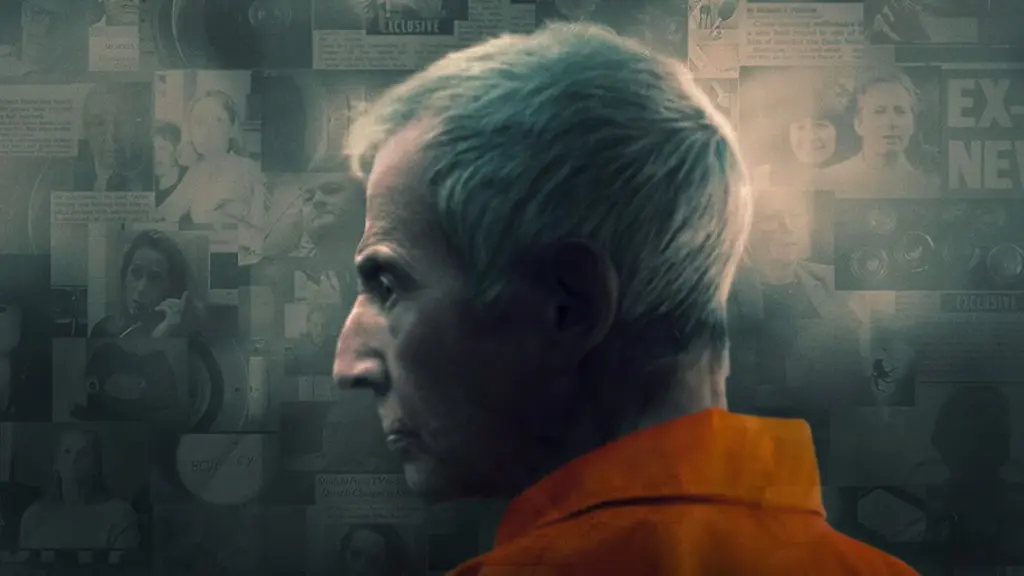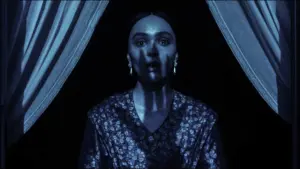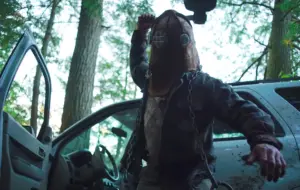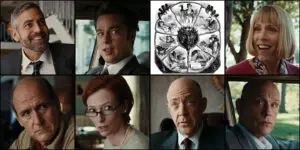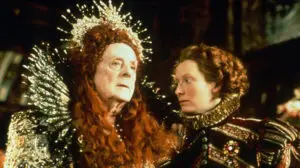If you haven’t heard of The Jinx, it’s a two-season documentary series about the damaged scion of an important New York real estate dynasty. He’s a worthless but often charming manipulator with a violent temper, an unslakeable lust for attention, a large trust fund, and the orbiting clusters of big-dick lawyers and skeevy hangers-on such fortunes tend to attract. Part One lays out the intricate tale of his bizarre, tabloid-ready crimes and cover-ups; Part Two largely concerns the well-compensated minions who helped him escape real consequences for not just years but decades, until he finally ends up, sick and old, in a well-run courtroom, pinioned by the law and his own crisscrossing lies.
No, it’s not about him. This 12-installment, true-crime saga offers up to our astonished gaze the equally unlikely life and crimes of another born-rich, resentment-fueled New York sociopath — Robert Durst. The first part instantly became famous when it premiered in 2015 because of its unbeatable finale: Bob on a hot mic, inadvertently confessing to murder while taking a leak in a hotel bathroom. His whispered, “What did I do? Killed them all, of course,” was front-page, top-of-SNL news that led directly to his second arrest and 2021 trial, which is the main subject of the anticlimactic but still fascinating Part Two, a six-installment follow-up released by HBO Max this May.
As TV true-crime, both parts of The Jinx are top-notch. The story is complex, with many interesting wrinkles; three related murders committed over nearly twenty years are just the beginning. Other intriguing topics include our protagonist’s thought processes and self-presentation, the remarkable lethargy of New York enforcement in the vicinity of the Durst billions, a small-town trial that ends in a nearly incredible acquittal, Bob’s various flights and assumed identities and arrests, the roles of his second wife and friends in protecting him, the panting media coverage, and the bemused public reaction.
Series director Andrew Jarecki deftly stitches together a coherent narrative from scores of sources while mostly avoiding the genre’s pitfalls, such as portentous voice-overs and grainy, repetitive “reconstructions.” Since his raw material includes tons of audio (tapes of interviews, depositions, jailhouse phone calls, etc.) and relatively few visuals, Jarecki does interpolate staged scenarios — backs of heads and people walking from behind — but the doubles are well-chosen, the settings convincing, and the scenes brisk.
Production values throughout are excellent, the editing expert, and stagings of unwitnessed action — Bob’s murder of his first wife, for instance — are kept to a decent minimum. (The manner of Kathie Mccormack Durst’s death is unknown since Bob did not confess and her body has never been found.) Aside from the overwrought opening credits of Part Two (so unfair to spiders!), we are allowed to enjoy the twisted tale of Bob’s doings almost without hating ourselves.
Not that a more heavy-breathing treatment would have bothered Durst, whose surprisingly positive reaction to Jarecki’s All Good Things (2010), a schlocky, ripped-from-headlines feature film based on his crimes, led him to call up the director and offer to tell his side of the story. (We are party to the audio of this call in the documentary. When did Andrew Jarecki begin recording his phone calls, and why? This mystery remains unsolved.) In the movie, the barely fictionalized Bob character, played by Ryan Gosling, abuses and then straight-up kills his desperate young wife (Kirsten Dunst) after brutally offing the family dog: it is a testament to how crazy Durst was that he saw this version of his story as sympathetic, and its creator as someone he wanted to spend 20 hours talking to on camera. (The implicit compliment of Gosling’s casting probably went a long way, as did Frank Langella’s icy, bullying turn as Durst’s old man – in the course of The Jinx we come to appreciate how deeply Bob hated his father.)
Naturally, we do wonder why a man who’d walked on a murder charge while copping to disguising himself as a mute woman, dismembering the victim’s body, packing the pieces into garbage bags and throwing them into Galveston Bay, retrieving the head when the bags refused to sink, and then fleeing using the dead man’s ID, would want to flirt with on-camera revelation, but the question contains its own answer: having pulled that one off (with the help of a couple of million dollars worth of premium Texas lawyering) Bob seems to think he can get away with anything. Besides, as the California prosecutor who finally nails him observes, “Many times, in custody, out of custody, Bob has an option. One door is don’t say anything and one door is talk. Bob always goes into the talk door. Always.”
Part One covers the meat of the story — the murders and the Bob interviews — and after its remarkable finish viewers wondered what Part Two could offer. Sadly, the answer is not to show us justice being done at last. A frail, wheelchair-bound Old Bob is finally found guilty in one case but then, due to a quirk of California law, the conviction is vacated because he died before he could appeal it, leaving Kathie Durst’s heartbroken family cheated right to the end.
Part Two does, however, clear up some surrounding mysteries, including the central one of how Bob got away with what he did for as long as he did. (The short answer, of course, is money: a Lexus here, a check for $50,000 there, buys a lot of loyalty. Businesses are bankrolled, spouses employed, college educations paid for. Hang in there with Bob and many good things might come your way.) I cannot say how satisfying I found this exploration of the nooks and crannies of various subsidiary players’ actions and motivations; for some years I was Pima County, Arizona’s favorite juror, and the frustration of being offered only a sliver of the whole story was the worst thing about sitting through court trials. Part Two offers at least some insight into what was going on behind the scenes in the first installment.
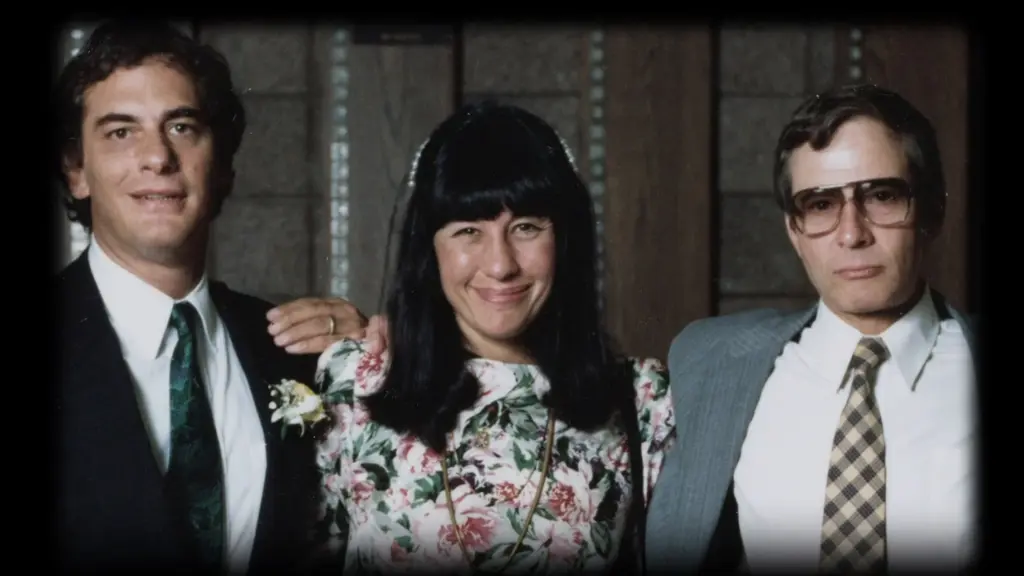
It also gives us some memorable characters, among them Bob’s second wife, Debrah Charatan, who never cohabitates with him or, God forbid, attends his trials but who manages his affairs while he’s when he’s on the run or in prison, advising him on his lawyers and paying the bills. She ends up with quite a grand payoff of her own: his estate, estimated to be upwards of $100 million. Theirs was not what you’d call a love-match: Bob flew to California to kill his friend Susan Berman a few hours after their wedding, the date of which Charatan cannot quite call to mind in an on-screen deposition. Sure enough, though, the spousal privilege will come in super-handy. Jinx fans on Reddit can get very excited about a Part Three focused on Debbie.
Thanks to a long-lost phone recording from the week after Kathie went missing, we also get a much sharper picture of Berman and her long-suspected, accessory-after-the-fact role in establishing Bob’s alibi for the first murder. The tape of her eagerly pitching various Bob-exonerating explanations for Kathie’s disappearance to a New York gossip columnist is so damning that the prosecutor declined to use it in the 2021 trial, fearing that it would make the jury hate the victim… and possibly let Bob off again.
The most likable figure among the Friends of Bob, surprisingly, turns out to be his old pal Nick “Chinga” Chavin, a Kinky Friedman-style “Country Porn” rocker turned ad man who goes way back with Bob and Susan — and who owes his successful career in real-estate advertising directly to Durst. Chavin, who died last year, appears only briefly in Part One, declaring himself completely loyal to Bob and unbothered by the idea of his having killed Kathie. By the time of Part Two, however, he’s got a sad and haunted look, and he finally agrees to testify against his friend and benefactor: “What do you do when your best friend kills your other best friend?” That, folks, is a quandary.
With Part Two, Jarecki has probably, finally exhausted the subject of Bob Durst, but the tale will live on, if only because of the tweaky charisma of its gravel-voiced, reptile-eyed, camera-hogging protagonist. Other creators have begun mining the rich trove of weirdness that is The Jinx. Who could resist? Kate Winslet, no less, borrowed his opaque, sliding glance and twitching mouth for her portrayal of the batshit lady-dictator in this year’s The Regime. In the last season of Succession, Roman Roy’s breakdown at Logan’s funeral echoes Bob’s memory of his seven-year-old self’s outburst at his mother’s funeral: “Mommy’s in the box?!” Succession’s home-movie opening credits may also owe something to Jarecki’s extensive use of old Durst family footage in Part One. (Wait, are all unhappy families the same after all?)
Inevitably, The Jinx finally creates an itch it can’t scratch: how can we understand the mind of a killer, or the minds of those who, knowing what he is, choose to associate with him? We wonder how anyone could have encountered Jeffery Dahmer and not have realized they were looking at a monster, but this droll little guy in bespoke shirts and lovely cashmere sweaters could pass, at a glance, for a well-heeled college professor with an odd sense of humor. The jurors in Galveston found him charming, and believed his absurd testimony to be “from the heart.”
But he could have been the person who disappeared an 18-year-old Middlebury College student last seen in 1981 across the road from a health food store Bob owned at the time. And a 16-year-old who vanished in Eureka, California, in 1997 from the vicinity of a homeless shelter where Bob was staying — disguised, yet again, as a woman. Bob’s credit card records put him in town when the teenager went missing, and he is known to have visited a store run by the girl’s aunt. Granted, the three murders we know about seem to have been motivated not by compulsion but by the desire to protect himself and his fortune; Kathie was fighting with him over a divorce settlement while Berman and Morris Black (the Galveston neighbor) appear to have been threatening blackmail. Still, his capacity for murder is a proven fact.
The American landscape is littered with the unsolved disappearances of women and girls. So who knows? Not us. Even after 12 hours of television, we’re still pretty much in the dark.

